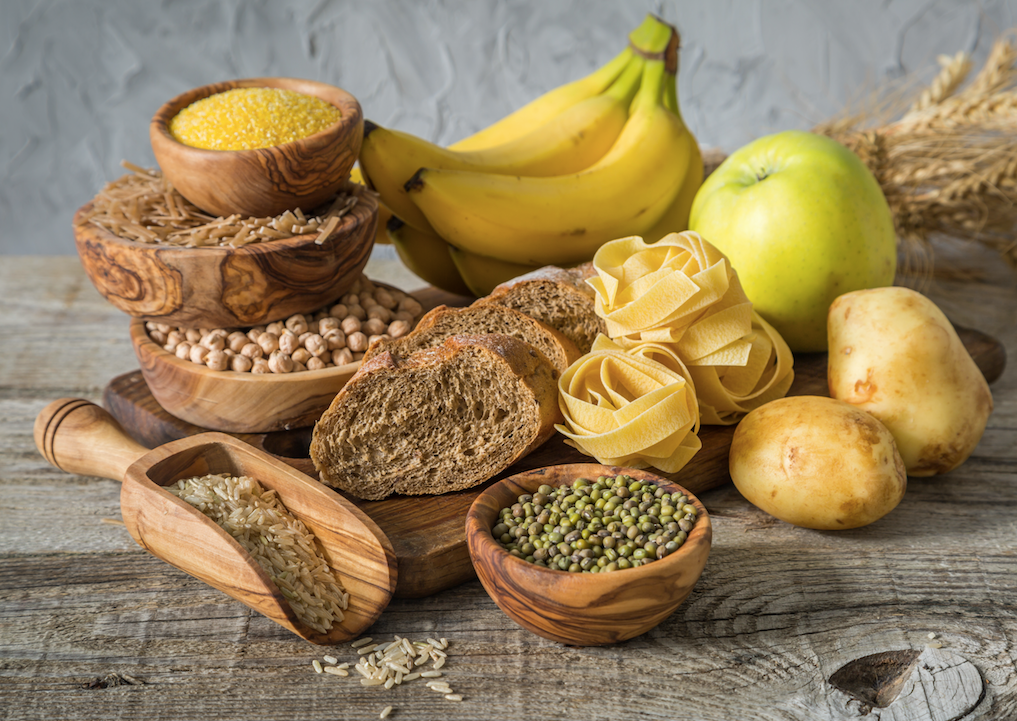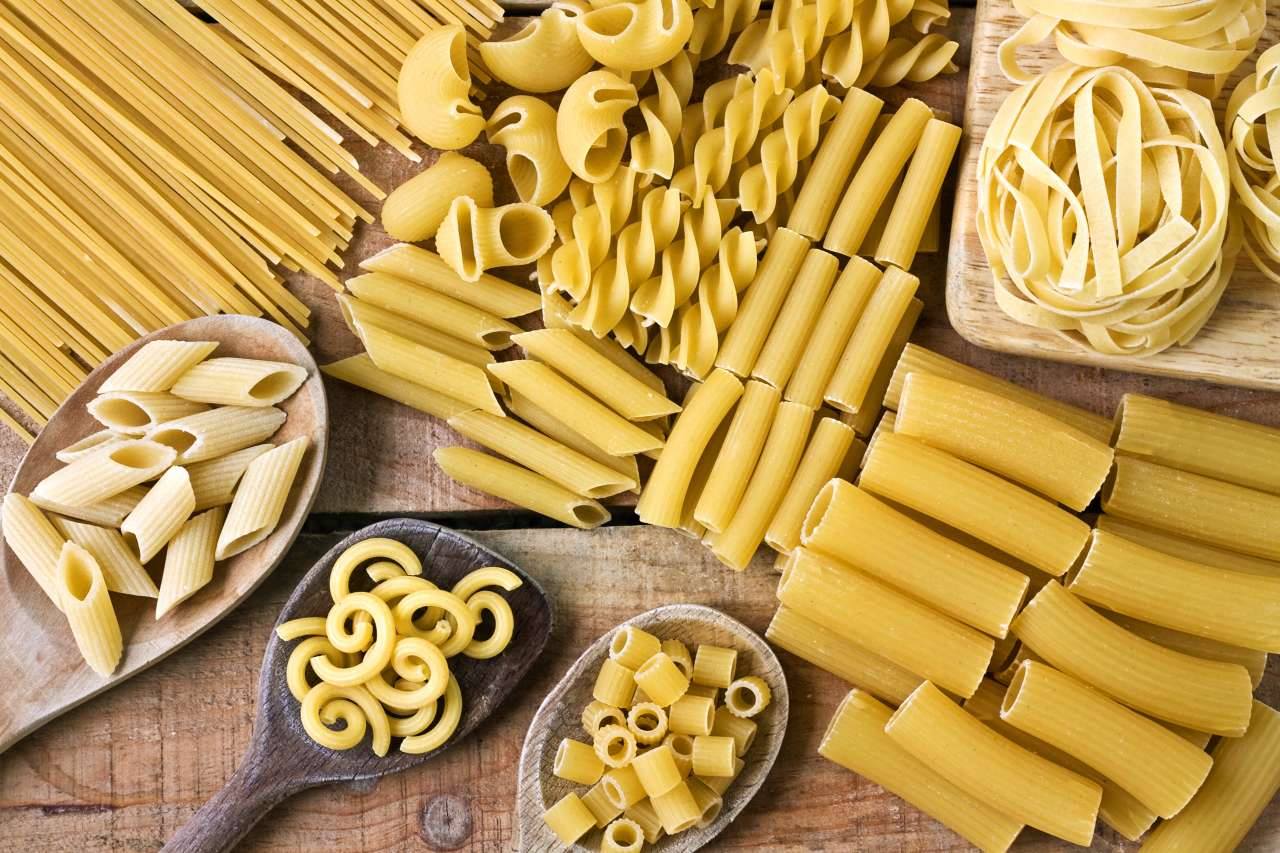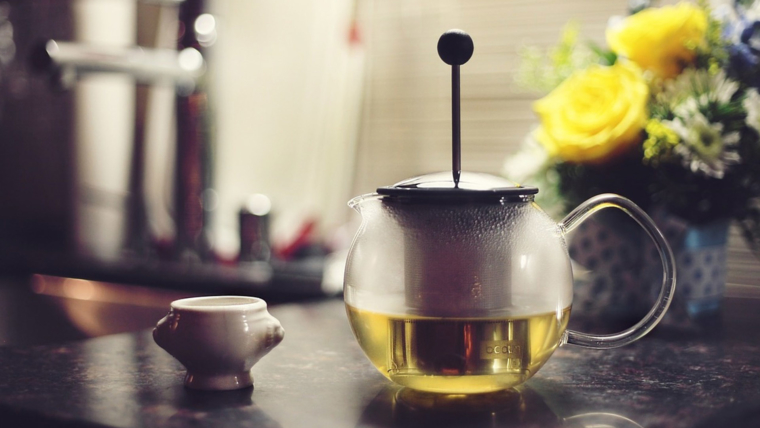
Carbs – do we need to avoid them?
Sometimes it seems that the story of carbs has more to do than a tense novel. Physicians worried about the growing number of heart disease patients have been advised by past-generation patients to eat less fat – and more carbohydrates.
The stomachs flared up, and Type II diabetes went into a real epidemic. The story becomes even more strained because carbohydrates experience their “return” – that is, some carbohydrates. Now it is clear that carbohydrates have something in common with fats; some are necessary in healthy eating, while others should be considered as occasional threats.
Caring for all carbohydrates has never made much sense, considering how many different types of carbohydrates are and how important they are for health. After all, carbonated non-alcoholic beverages and colorful candies may be a source of carbohydrates, but they are also green beans and zucchinis. Moreover, carbohydrates provide “fuel” to our body and they are the best source of energy for our brain cells.
For a while they advocated diets with a lower intake of carbohydrates (or a so-called protein diet). But a typical high-intake diets advocated dramatically reducing all carbohydrates – including healthy fruits, vegetables and cereals – especially in the early stages. These diets were also filled with saturated fats, which increased the level of cholesterol in the blood. Thus, by removing “good” carbohydrates from diet menus, there was no strong natural compounds to fight the disease.
“Unprocessed” truth about whole grains
When it comes to foods containing carbohydrates, such as white bread, sweet wheat flakes and other sugar and white flour foods, they are still a favorite choice of many. It is much healthier to choose whole grains. There is one 17th-century irony: milling techniques have been sufficiently refined to turn rough whole grains into fine white flour needed to bake white bread, which has become a luxury. Black bread became “peasant” food. The rich did not realize they were paying more for the imperfect product.
Spreading and sieving essential for the separation of bran and germ, from whole grains also “separates” and nutrients, including B vitamins, trace minerals and proteins. Today, food producers are returning part of lost minerals and vitamins, but not all.
For example, whole grain bread is a good source of magnesium, a body mineral that is needed to create enzymes that help burn energy into glucose. Such grain processing brings another major disadvantage: a large part of fiber is lost. Whole grains are just one of the sources of fiber, but most people do not eat nearly enough fiber as many experts recommend, which amounts to 25 to 30 grams of fiber per day.

Fibers: a secret natural non-nutrient
Technically, fibers are not a nutrient because they do not break into the digestive tract and never get into the bloodstream. But they are necessary, and I’m not just talking about their ability to relieve regular bowel discharges. Insoluble fibers act like a sponge by collecting water in the intestines, which makes the faeces gain volume and softness.
The soluble fibers in the intestine are converted to a sticky mass. It travels through the body, pulling it’s cholesterol away, preventing it from entering the bloodstream and clogging the arteries. Ordinary oatmeal is the right choice for soluble fiber storage. Other good sources include peas, dried beans, barley, apples, oranges and carrots. The fibers provide a sense of satiety, and most of the rich fiber juice gradually penetrates into the bloodstream.
Glycemic index application
One of the criteria to choose the best carbohydrate is the knowledge that suddenly breaks down blood sugar and slowly break down. Avoiding “fast acting” carbohydrates can also help prevent the disease. The glycemic index is determined by measuring the effect of food on human blood sugar levels. As a rule, the value of the glycemic index below 55 is considered low, 56 to 69 moderate, and 70 or higher. That does not mean that you will never be able to eat any other cookie or portion of white rice.
Do not worry about fruits and vegetables. Portions of most fruits and vegetables contain modest amounts of carbohydrates. Moreover, most of the sugar in the fruit is fructose, a form of sugar that does not cause an increase in blood sugar levels.
Eat less root vegetables. The starch contains more sugar than pure sugar, so it causes a sudden increase in blood sugar levels. But there are exceptions; carrots and batat contain soluble fibers, which reduce their GI.
You choose wisely other starchy foods. Most white bakery products have a high GI. Choose nutritious, integral types of bread and rolls of a variety of whole grains rather than whole wheat grains that look like white bread or biscuits. If you are indecisive between rice and pasta, choose pasta: pasta starch slashes slower than starch from rice.

Eat more fiber. Especially I mean soluble fibers, which by the slowdown of digestion cause a gradual increase in blood sugar levels. So oatmeal, barley, apples, some berries and legumes have low GI values.
Avoid sweetened food. Since sugar is digested more slowly than pure glucose, the truth for will, many types of non-alcoholic drinks and sweets have a moderately high GI, not the highest, to expect. But sweet food provides only empty calories and little else.
Read more posts on our page – here.

Author: Ema Brajdic; IFBB Bikini



I give consent to Be Seen Be Popular (BSBP) to process and use my personal information ( name and e-mail address ) in order to answer to my inquiry and send information associated with this website.